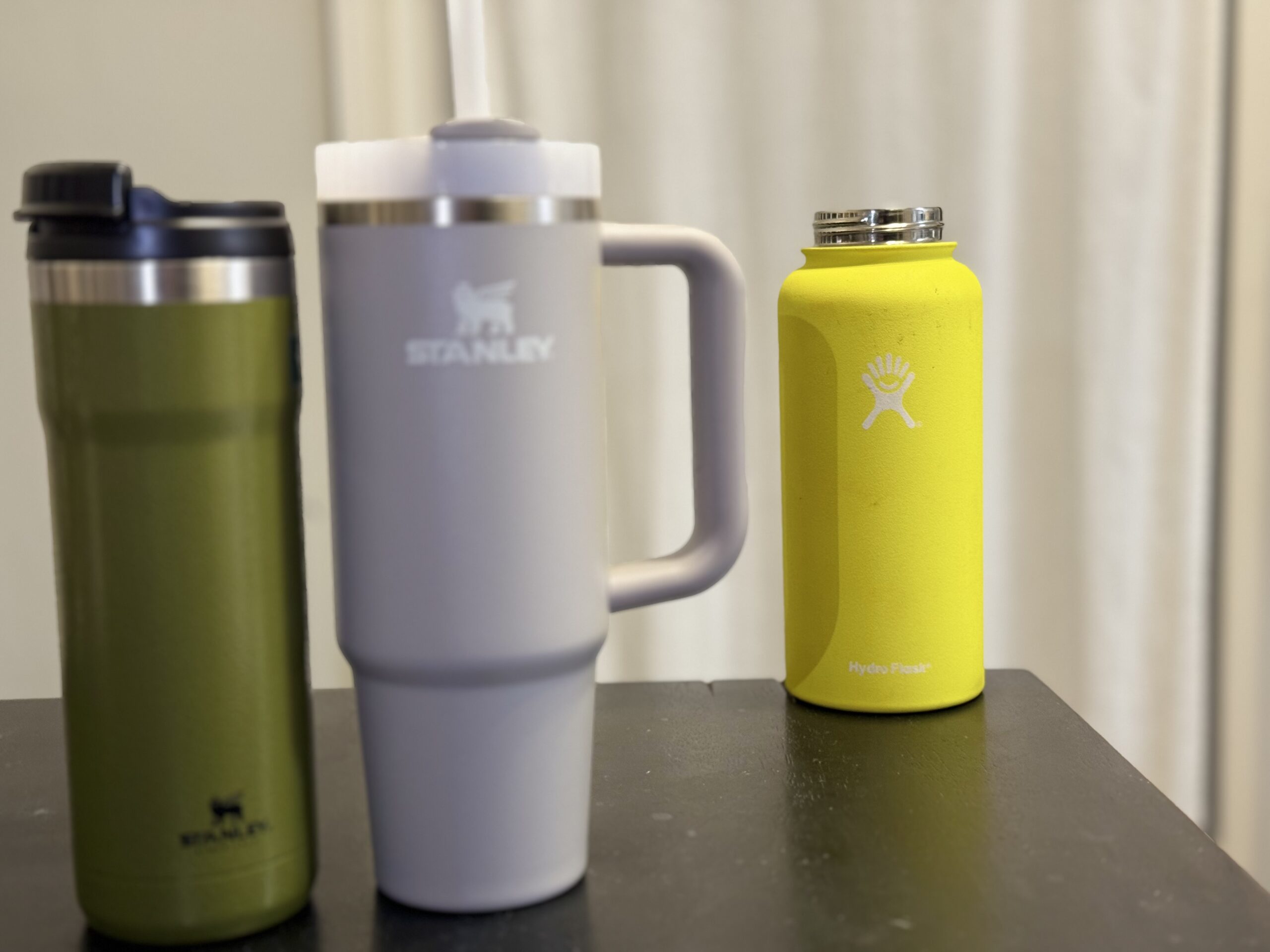In 2020, people would not have believed that Goodwill stores today arelittered with Hydroflasks, Owala bottles and Starbucks tumblers; bottles that used to be collected in every color are now collecting dust.
Every few months, TikTok comes up with a new microtrend to promote, encouraging consumers to buy more and more. Influencers are constantly searching for the new “it girl” product whether it’s this spring’s sneakers or this summer’s sunglasses.
Rather than make items popular for decades like trends in the past, these microtrends are phased out within a year leading to mass waste and overconsumption. When clothing styles, water bottles oraesthetics become “cheugy” and dated, people are pushed to get rid of them in lieu of new, more stylish options.
With the modern trend cycle in mind, it is easy to say that the Stanley Cup is the new Hydroflask. While it is booming in popularity today, it will eventually be another discarded and donated viral product.
The cup’s trend is reaching the end of its peak, meaning that its decline is soon to follow. In a month, consumers may already be raving over something new.
The Stanley also bears similarities to the Hydroflask by the rate at which people buy them. Consumers realistically only need a few reusable water bottles; however, influencers on social media can be seen collecting dozens of the Stanley’s in different colors and sizes despite the cup being intended to limit material waste.
According to the Stanley website, its cups are guaranteed to be “Built for Life” and are made with recycled materials that keep sustainability in mind. Regardless, they are being collected in quantities that go against the company’s message.
This same pattern of overconsumption can be seen with the Hydroflask during its peak in 2020 and 2021 before going out of style.
Instead of worrying about fitting in with the newest microtrend, consumers should invest in items that fit their style without influence from social media and are made from durable materials.
Sustainability can be as simple as refraining from making excessive purchases or looking for more ethical places to shop. It is not an easy switch, but it is necessary to protect the planet from the harm of overconsumption.


